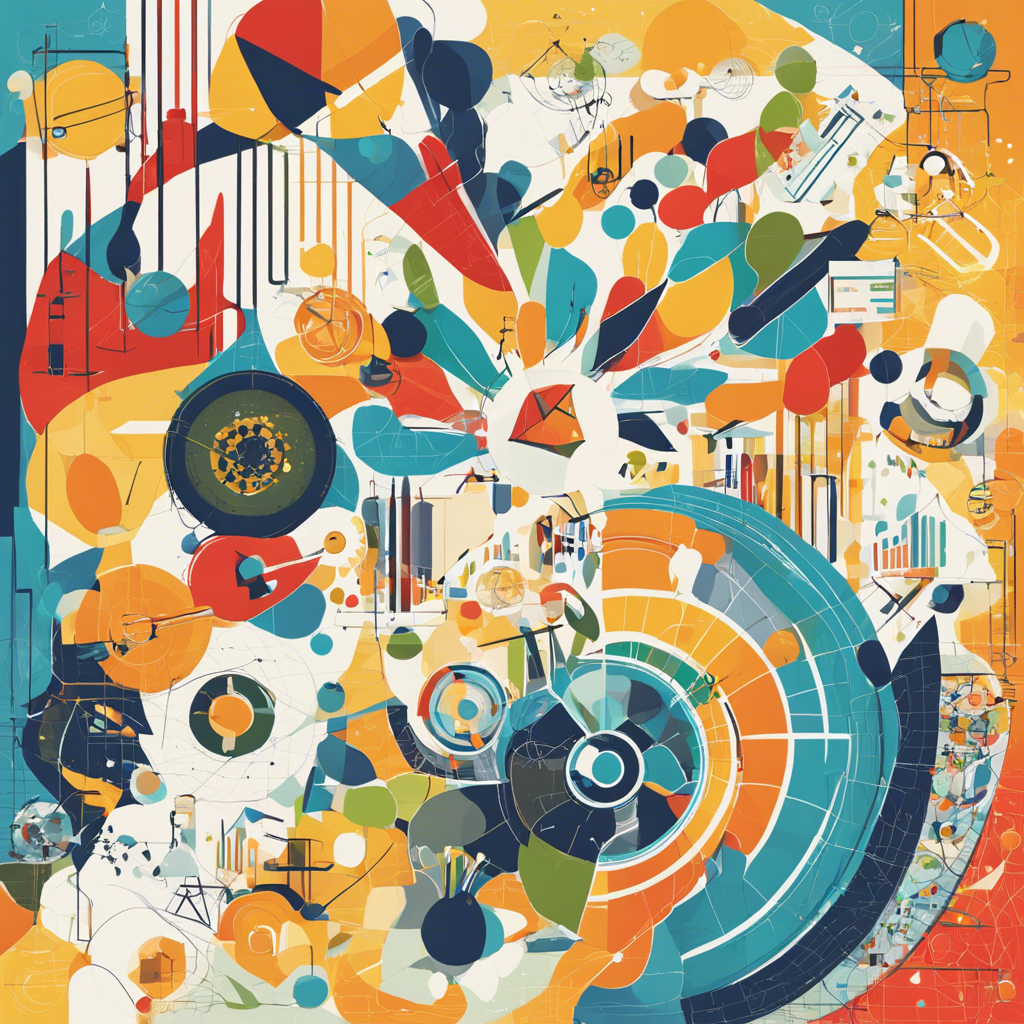Exploring the benefits of integrating arts into STEM education, enhancing creativity and learning outcomes.
The integration of arts into STEM (Science, Technology, Engineering, and Mathematics) education has been a topic of growing interest and discussion in academic circles. By combining creative and analytical thinking, educators aim to foster a more holistic and engaging learning environment for students. This approach not only enhances traditional STEM subjects but also promotes a more well-rounded education that prepares students for a rapidly changing world. The synergy between arts and STEM education has the potential to revolutionize the way we teach and learn, sparking innovation and creativity in the classroom.
Understanding the Benefits of Arts Integration in STEM
Introducing artistic elements into STEM education offers numerous advantages, creating a unique learning experience.
Unleashing Creativity and Innovation
The creative process lies at the heart of arts integration, encouraging students to think outside the box. This approach enables them to view STEM subjects through a new lens, fostering an innovative mindset that can lead to groundbreaking discoveries and solutions. For instance, students learning about engineering principles might be tasked with building a bridge that incorporates aesthetic design elements, thereby combining structural integrity with creative expression. By embracing this synergy, students can approach problems from multiple angles, leading to more comprehensive and imaginative solutions.
Enhancing Engagement and Learning Outcomes
Arts integration provides a powerful tool to capture and maintain students’ attention. By incorporating artistic expression, educators can create a dynamic and immersive learning environment. Students are more likely to become actively involved in their learning, leading to improved comprehension and retention. For instance, teaching scientific concepts through visual arts or music can make complex theories more accessible and memorable. To explore further, organizations like the National Endowment for the Arts champion the integration of the arts in STEM, demonstrating its effectiveness in real-world applications.
Practical Implementation of Arts Integration
Blending Arts with STEM Subjects
Bringing arts into the STEM classroom can take various forms, from simple activities to comprehensive curricular approaches.
Incorporating Visual Arts
Visual arts can complement STEM education by providing a unique perspective on complex concepts. For example, students can create diagrams or illustrations to represent scientific phenomena, making abstract ideas more tangible and understandable. The STEM to STEAM initiative offers a comprehensive guide on implementing such practices.
The Role of Music and Performing Arts
Music and performing arts can also play a significant role in STEM education. Creating musical compositions or performances based on mathematical patterns or scientific principles can help students understand these concepts in a more intuitive and enjoyable way. This approach can address the need for diverse teaching methods to cater to different learning styles.
Collaborative Projects and Problem-Solving
Collaborative projects that combine arts and STEM disciplines can foster teamwork and problem-solving skills. Students working together across these fields can develop a more comprehensive understanding of both artistic expression and scientific principles. For instance, a group project could involve designing and building a musical instrument, requiring a blend of artistic creativity and scientific knowledge.
Addressing Challenges and Practical Considerations
While the benefits are clear, implementing arts integration in STEM education may face challenges such as resource allocation and teacher training. However, with proper planning and support, these challenges can be overcome, leading to a more enriched and effective learning environment.
Frequently Asked Questions
How can arts integration benefit students in STEM fields?
Arts integration can foster creativity, enhance critical thinking, and provide a more engaging learning experience. It helps students develop a more holistic understanding of complex STEM concepts, making them more equipped to tackle real-world problems.
Are there any successful examples of arts integration in STEM education?
Yes, numerous schools and institutions have successfully implemented arts integration in STEM. For instance, the Rhys Da School in the UK has seen positive outcomes, with students demonstrating improved creativity and problem-solving skills. These examples serve as proof of the concept’s effectiveness.
How can teachers implement arts integration in their STEM classrooms?
Teachers can start by incorporating simple artistic activities into STEM lessons, gradually progressing to more complex projects. Providing professional development opportunities can also help educators understand and implement this approach effectively. Resources like the STEM to STEAM framework offer practical guidance for teachers looking to integrate arts into their STEM curriculum.
Conclusion
Integrating arts into STEM education is a powerful strategy that can revolutionize the way students learn and engage with STEM subjects. By fostering creativity, enhancing comprehension, and making the curriculum more inclusive, arts integration ensures that students are not only better prepared for future challenges but also develop a deeper appreciation for the arts. As education evolves, embracing this synergy between arts and STEM will be crucial in nurturing a generation of innovative and well-rounded thinkers.
